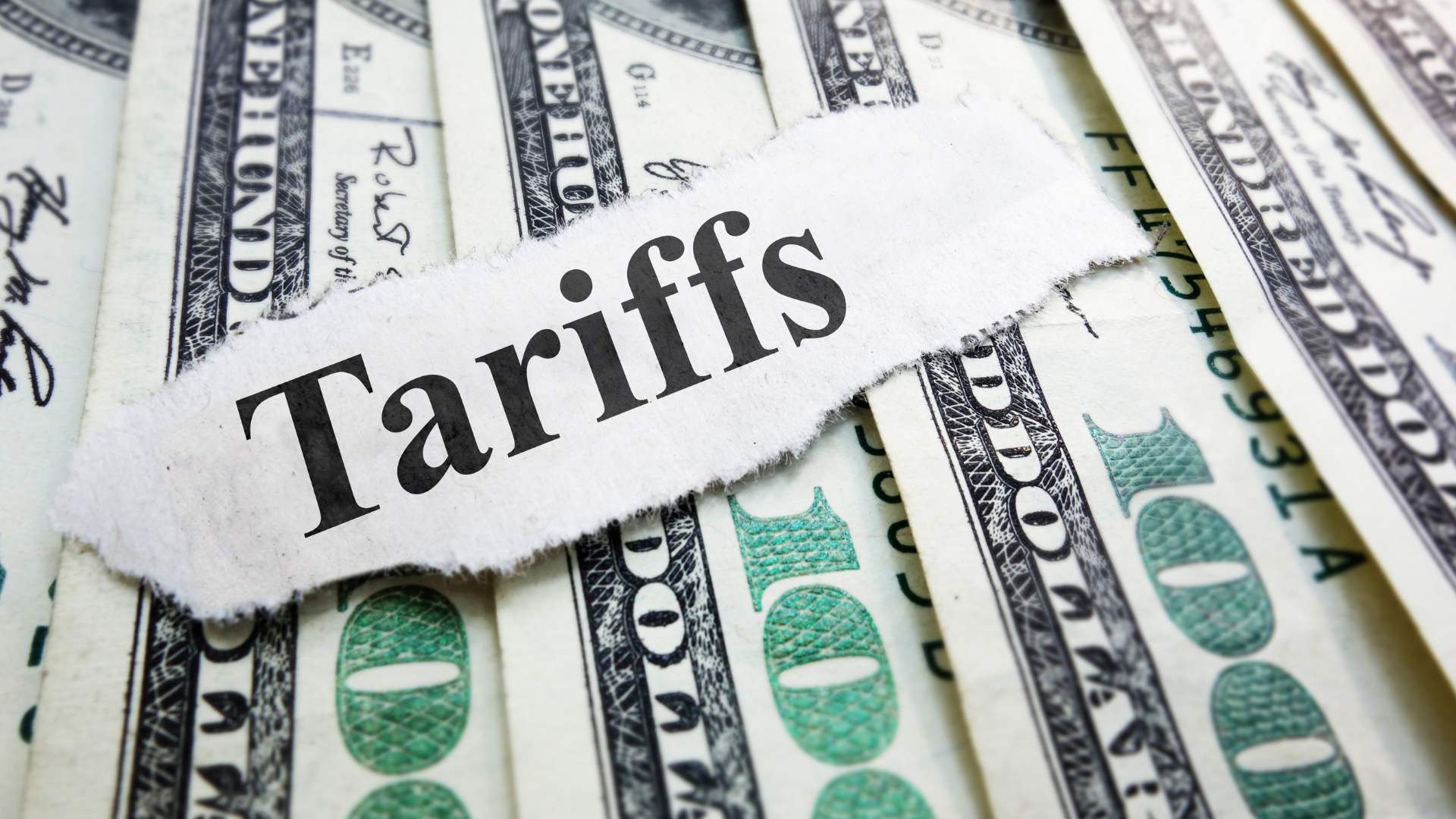AI seems to be the magic ticket for trading companies these days, with marketing and promotional materials filled with the amazing feats of “AI” to attract naïve investors to invest their money.
While there are some legitimate uses of AI in trading, such as large hedge funds using machine learning for statistical arbitrage or to automate trading strategies, it’s important to remember that risk is always present and no real AI can guarantee constant, high returns without a significant element of risk.
AI scammers play on the greed and naivety of individuals who are hoping to make big profits quickly and easily. However, if something seems too good to be true, then there’s a very strong chance that it’s a scam, so look out for some obvious red flags:
- Promises of guaranteed profits: No real AI trading – or, in fact, ANY trading strategy – can 100% guarantee positive returns.
- Little or no transparency about how the AI works. Look out for buzz words like “alpha-generating” or “quantum”… they mean nothing.
- Fake testimonials, reviews, and celebrity endorsements. These can be difficult to spot but check them out as best you can.
- High-pressure tactics to “act fast before the opportunity closes.” This is a classic time-pressure tactic which should be avoided every time, whether AI is involved or not.
- Withdrawal problems: When you try to cash out, you just get excuses, but sadly it’s probably already too late by then!
There are several ways in which scammers steal peoples’ money with AI rip-offs. We’ve explained a few scams below, together with some real-life examples and advice on how to avoid falling foul of these illegal schemes.
Fake AI Trading Bot
Scammers promote trading bots that claim to offer “guaranteed profits” or impressive (but ridiculous) performance, such as “95%+ win rates.” However, many of these bots do nothing useful at all… or even simply don’t trade at all while charging fees.
Example: “Quantum AI” trading bot scam (2023-24): A fake trading bot called “Quantum AI” was aggressively advertised online via Google ads, Facebook, etc. It impersonated legitimate figures like Martin Lewis (UK financial expert) using fake AI-generated videos, claiming to use quantum computing + AI to guarantee $1,000/day. After users deposited initial funds, the platform kept demanding more money for “upgrades” and “tax fees.” Eventually, the site disappeared.
Key lesson: No trading system can guarantee daily profits — especially ones hiding behind buzzwords like “quantum” and “AI.”
Pump-and-dump schemes using AI
Fraudsters use AI to mass-generate convincing social media posts, fake news articles and chat messages promoting very low-priced stocks or crypto investments (citing them as “bargains”). However, before they start the scam, they have invested heavily in these cheap stocks, and once they have enough retail traders buying into these assets (pushing the price higher), the scammers simply dump their holdings for big profits and crash the price back down.
Example: AI-Powered “Stock Picker” pump-and-dump schemes (2024): Scammers used AI bots to mass-post on Reddit, Discord and Twitter about “undervalued” stocks (tiny cap companies no one had heard of, such as CYBL and AITX). Thousands of fake social media accounts were created, powered by language models, hyping the same stocks. Retail investors rushed in, and the price of these worthless companies surged. The scammers had bought these shares earlier at very low prices and they then sold into the price surge to generate huge profits for themselves.
Key lesson: Be very suspicious of viral campaigns announcing: “AI finds hidden gems”. Investigate them before getting involved since these are often coordinated manipulations.
AI-Signal Subscription Scams
“Investment specialists” claim they use “AI models” to generate perfect trading signals, and they charge a fee to provide these signals to individuals. Victims pay for access to what they believe is a high-quality service, but the signals generated are random or simply copy-pasted, often with no real AI involved.
Example: MetaTrader 4/5 AI signal scam (2024): Scammers created custom versions of MetaTrader 4 and 5 apps which pretended to use AI to generate “premium” signals. In fact, the apps faked the appearance of profitable trades (using demo servers) while real trades lost money. Victims realized too late they were on a fake trading app, not the real MT4/MT5 platform.
Key lesson: Only ever download trading apps from their official source and make sure to verify broker licensing.
Deepfake Influencer Scams
Scammers create AI-generated videos of celebrities (e.g. Elon Musk, Warren Buffett, Martin Lewis, etc.) endorsing fake trading platforms, investments or “secret” algorithms that simply don’t exist. These “investments” are totally fake with nothing behind them, but these expert endorsements can be extremely convincing, and many unsuspecting investors send money in the hope of earning big profits.
Example: Elon Musk deepfake crypto scam (2024): Scammers used AI to create deepfake videos of Elon Musk promoting a fake crypto trading platform. The deepfake video promised an “AI-powered trading bot” that would “make your money grow automatically.” Thousands of victims signed up, deposited funds — but could never withdraw. Estimated losses: over $2 million.
Key lesson: Always verify such video claims by researching online or through official channels; Musk publicly warned he had no connection to this company.
Rug pulls in AI-branded projects
New crypto coins or investment platforms claim they are powered by “cutting-edge AI”. Again, this is simply untrue, but investors still pile in, and once they’ve collected enough money, the developers simply vanish with the funds. This is called a “rug pull”.
Example: AI-Based Crypto “Auto-Trader” Rug Pull: BitAI.net (2023-24): “BitAI” offered “hands-free” crypto trading powered by “next-generation artificial intelligence.” Investors put millions into the platform; they were given access to dashboards to monitor their profits, but these “profits” were totally fake and did not exist. Suddenly in March 2024, the platform went offline – this was a full rug pull. The founders were anonymous, and the site had no regulation.
Key lesson: Some obvious red flags here – if a trading platform isn’t regulated and founders are anonymous, it’s extremely risky – AI or no AI – and this should be relatively easy to check.
How to protect yourself
It takes a bit of time and effort to protect yourself from AI scams, but it’s definitely worthwhile. Here are a few simple rules to follow:
- Avoid anything that promises “easy” wealth, especially using AI buzzwords.
- Research as deeply as you can by looking for independent third-party reviews.
- Check regulatory status of the company. Is the broker registered with a reputable regulator such as SEC, FCA or ASIC?
- Use known platforms, downloaded directly from their websites, such as Interactive Brokers, Schwab, Fidelity, etc.
- Trust your gut — if it sounds too good to be true, it almost always is!





